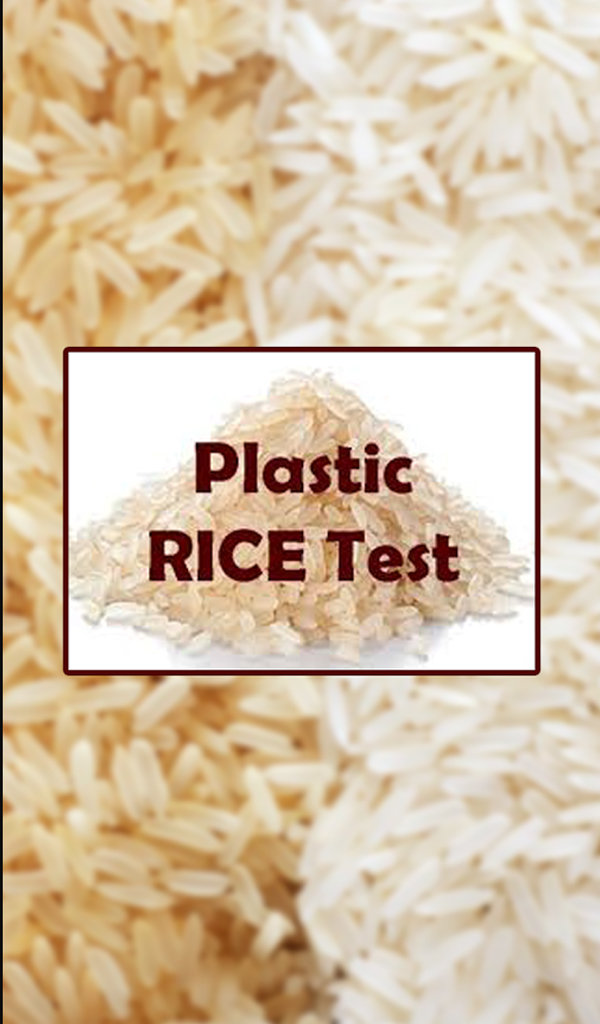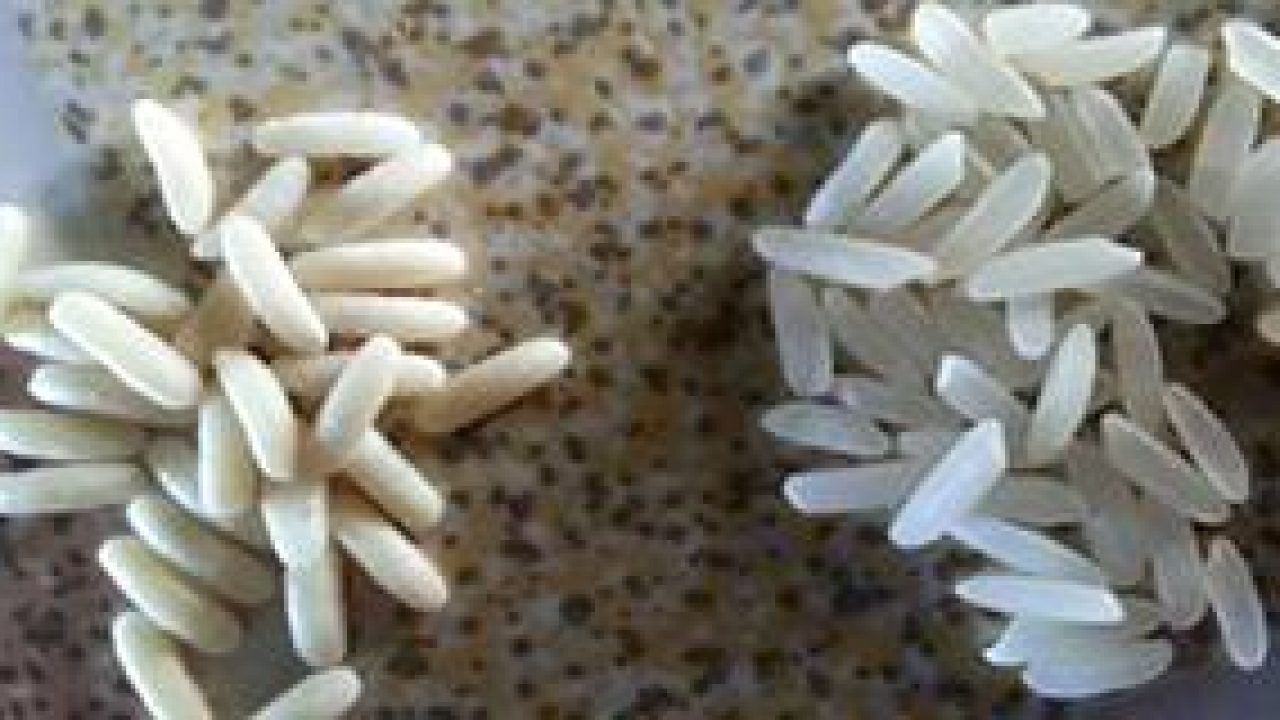By Holly Owens, Contributing Writer
The emergence of counterfeit products in global markets has raised alarm, with plastic rice being one of the most concerning examples. Made from synthetic materials, plastic rice not only undermines consumer trust but also poses severe health risks. As rice serves as a dietary staple for billions worldwide, recognizing the difference between genuine rice and its counterfeit is vital. This guide offers essential insights and practical methods to help you protect yourself and your loved ones from this dangerous imitation.
Why Identifying Plastic Rice Matters
Plastic rice has been linked to significant health hazards, including digestive issues and long-term organ damage due to toxic chemicals. Reports of its circulation in various regions highlight the importance of consumer awareness. By understanding simple identification techniques, you can ensure the safety of the rice on your plate.
5 Effective Methods to Test Rice Authenticity
1. The Water Test
- What You Need: A glass of water and a tablespoon of rice.
- How to Do It:
- Fill a glass with water and drop in a tablespoon of rice.
- Stir thoroughly and let it sit for a few minutes.
- Results: Real rice sinks to the bottom, while plastic rice floats due to its lightweight synthetic material.
2. The Heat Test
- What You Need: A pan and high heat.
- How to Do It:
- Heat a small handful of rice in a dry pan on high flame.
- Observe the aroma.
- Results: Genuine rice gives off a natural, toasted rice aroma. Plastic rice emits a distinct, unpleasant plastic smell.
3. The Boiling Test
- What You Need: A pot of boiling water.
- How to Do It:
- Add a sample of rice to boiling water.
- Monitor how the rice cooks.
- Results: Authentic rice becomes soft and evenly cooked. Plastic rice, however, remains undercooked or forms a layer at the water’s surface, unable to absorb water properly.
4. The Mold Test
- What You Need: A sealed container and time.
- How to Do It:
- Cook a small amount of rice and store it in a sealed container at room temperature for a few days.
- Examine the rice after several days.
- Results: Real rice develops mold as it naturally spoils. Plastic rice remains unchanged or may discolor unnaturally, indicating its synthetic composition.
5. The Fire Test
- What You Need: A lighter or flame.
- How to Do It:
- Take a few grains of rice and carefully expose them to a flame.
- Observe how they burn.
- Results: Real rice burns like natural organic material, releasing the scent of burnt husks. Plastic rice burns quickly, producing a sharp, chemical odor similar to burning polymers.

Conclusion
Ensuring the authenticity of the rice you consume is crucial for maintaining your health and well-being. By using these simple tests, you can effectively identify plastic rice and avoid its harmful effects. Stay informed and vigilant, and share these tips with others to promote awareness and safety in your community.
With these practical methods, you can confidently safeguard your diet and enjoy the benefits of real, wholesome rice.
